Whether planning your first liveaboard dive trip or you’re a seasoned pro, you should check out our liveaboard packing list to make sure you don’t forget anything. The last thing you want on your dream dive vacation is to be in the middle of the ocean and be missing that ‘one-thing.’ You know, that piece of gear or clothing that all the cool kids have or that turns your day from ordinary to extraordinary. Take this list and check it twice so you can avoid being on the naughty diver list.
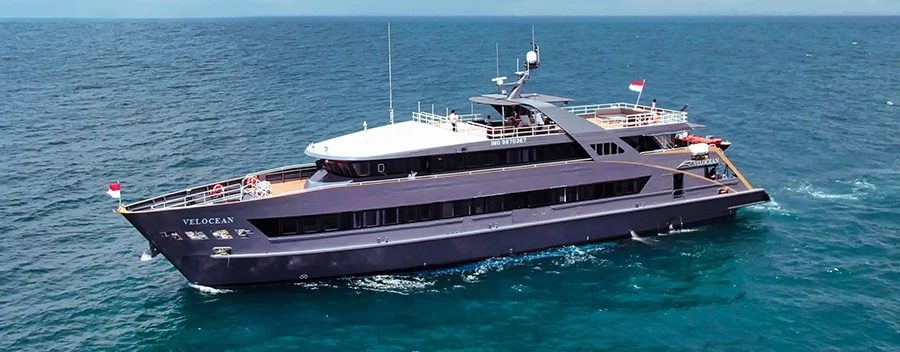

Table of Contents
Personal Dive Gear
Let’s start with the obvious, bring your personal dive gear. This is the stuff in that little mesh bag that you purchased during your certification classes and have taken on every dive trip since then. Yeah, that stuff. Take it with you.
Because we’re all about checklists, here’s what should be in your personal dive gear at a minimum:
- Certification Card – If you’re counting on a digital copy, have it downloaded to your phone so you don’t have to trust the local internet.
- Mask – Every mask is different, and yours should be fitted to your face. Having your own mask is particularly important if you have a prescription lens installed.
- Fins – Having your own fins is critical for kicking and maintaining your trim since your feet are at the end of a long lever arm.
- Booties – If you have open-heel dive fins, make sure you pack your dive boots.
- Snorkel – A prepared diver carries their snorkel with them, even though you’ll rarely have a surface swim on a liveaboard dive plan. You will, however, likely have an optional snorkeling excursion for spearfishing or exploring shallow lagoons.
- Rash guard / Skin suit – Chances are you’ll be in and out of your wetsuit a lot. Having a surface layer will not only keep down your sun exposure, but it will also make suiting up that much easier.
- Logbook – You want to make memories that will last a lifetime. Do yourself a favor and write them down. Plus, if you’re logging goals for any lofty aspirations, recording 25 dives from a week of liveaboard diving will get you halfway to the divemaster threshold.
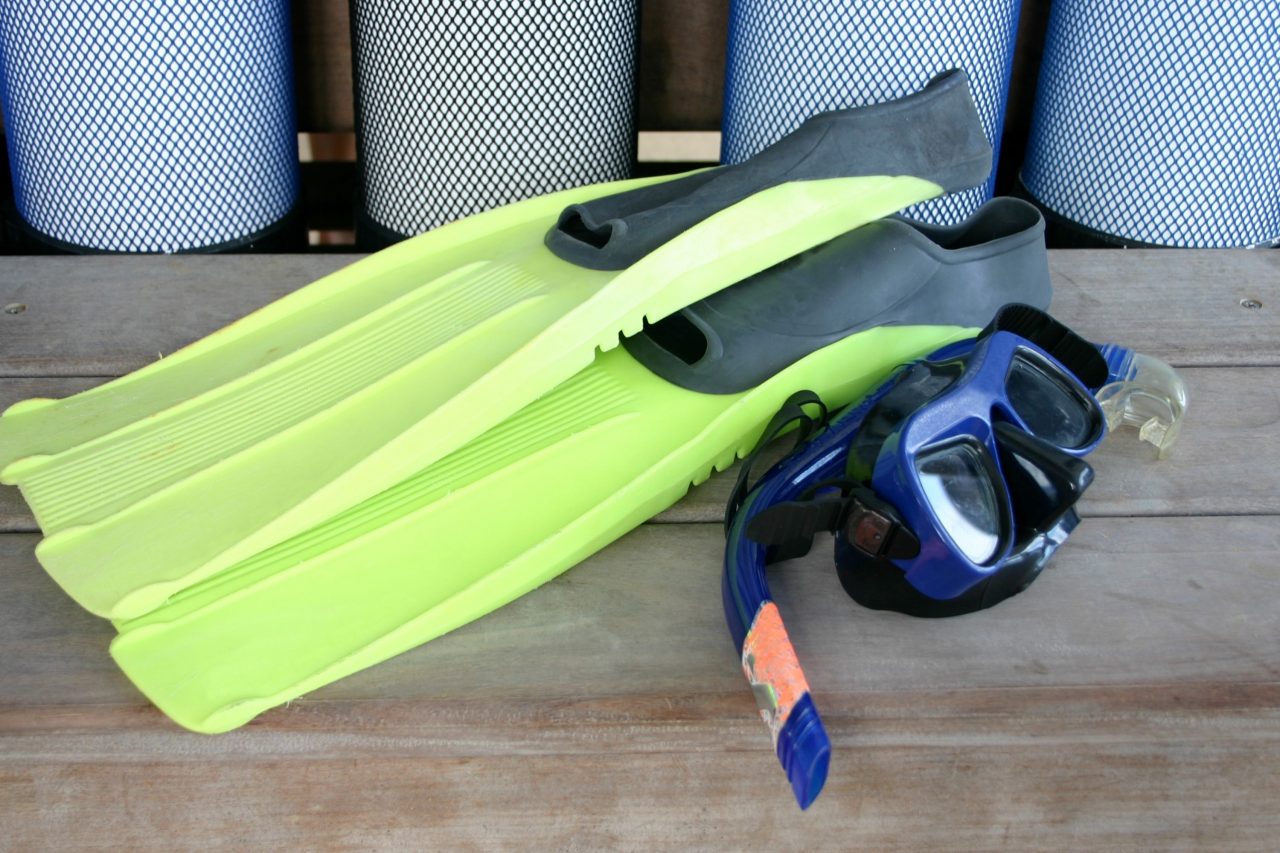
Full Dive Gear
There’s a moment in every diver’s life when they contemplate going all-in on a complete set of dive gear. Usually, what is holding you back are the numbers. That’s almost a break-even vs. a week of rentals, plus you should have the baggage allowance to take it with you since you need very little clothing on a liveaboard. When you factor in how much more you’re going to appreciate diving on your own gear, you’re going to seriously consider getting your own equipment and bringing it with you.
There’s something to be said for having your trim set perfectly every time you dive. That being said, you can usually rent a full set of dive gear on your liveaboard if you want or need to for any reason. Just be sure you communicate your needs with the dive crew before you leave port, just in case they need to put anything on the boat for you.
Full dive gear to pack for a liveaboard:
- Wetsuit – Usually, you’re not going to need anything more than a 3-mil for liveaboard diving because most boats operate in the tropics. You might not even need one in the summer and you could get away with just a skinsuit. In the winter, you might want a little more and a dive hood could help with that.
- Regulator / SPG – Besides being in good repair, the most important thing about having your regulator is that the mouthpiece fits you. If you’re the type of person who has problems with their lips or gums after a day of diving, you’re going to want a custom mouthpiece, whether you have your own gear or not.
- BCD – Having your own BCD is the single most important thing you can do to fix your trim. I wouldn’t focus on having a travel BCD either; dive the one you’re comfortable with. However, a steel backplate and wing system might take up a chunk of your baggage allowance.
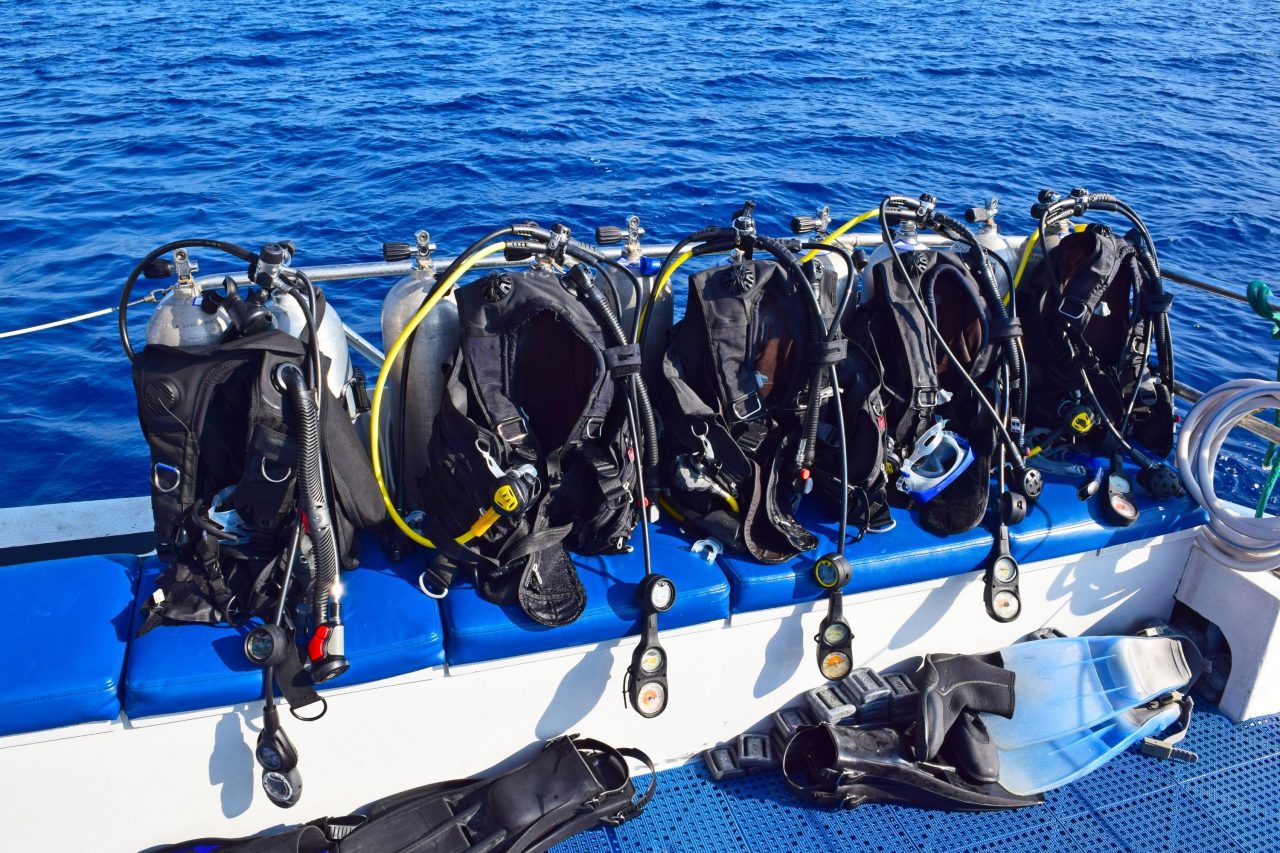
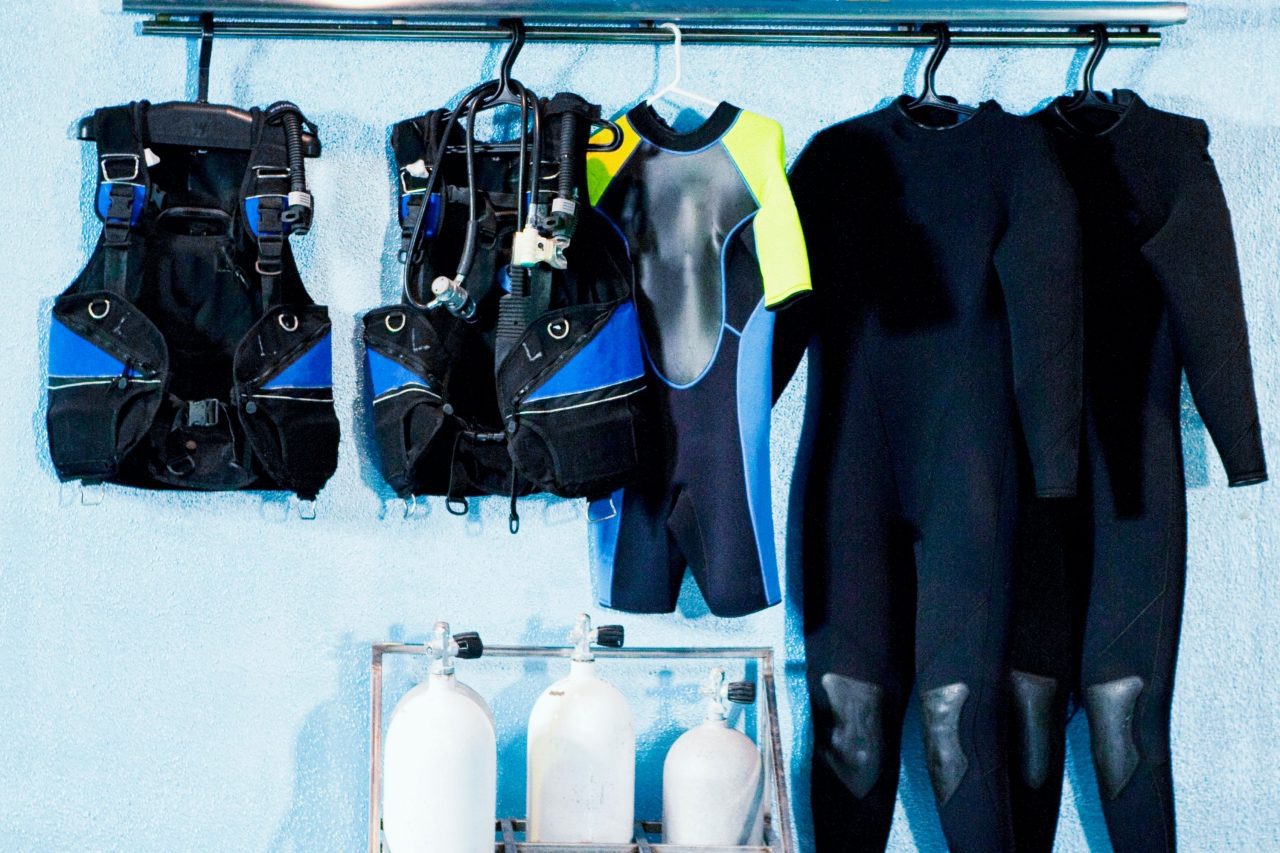
Dive Safety Equipment
You will undoubtedly want to take some dive safety equipment with you on a liveaboard dive trip. You could rent some of this on the boat, but it will probably be more cost-effective to bring your own. Plus, since it’s safety equipment, you want to have your own, so you know how it all works.
Dive safety equipment to pack for a liveaboard:
- Dive Computer – Diving with a personal dive computer will likely be mandatory on a liveaboard so you can track your nitrogen loading after successive days of diving. Having your own computer ensures you know how it works to tell if you’re getting close to your no dive limits. Chances are you’re going to be pushing your stops with 25 dives in a week, especially if you’re diving on air.
- Surface Marker Buoy(safety sausage) – You should have a surface marker whenever you’re going boat diving. That way, the boat captain can see you if you come up off the line. However, it’s particularly helpful when you’re on a liveaboard because there will be a DM looking out for your marker who can send a skiff to pick you up if you need it. It goes without saying that you want an SMB AND a reel to deploy it (also, bring a clip to attach it to your BCD).
- Whistle – While not nearly as crucial as a surface marker, they’re cheap and light. You have no reason to not carry a whistle to ensure the crew can find you if you surface.
- Dive insurance/buy-in for hyperbaric chamber – When traveling abroad with a multi day dive profile, it’s good to have dive insurance to cover unexpected (and very expensive) costs like time in a hyperbaric chamber and air transportation. Regular travel insurance rarely covers anything dive-related. Some places have local programs to support hyperbaric chambers, like the SSS Network Access Program in the Bahamas.
- Compass – There’s a reason underwater navigation is a standard course in recreational diving. Sooner or later, you’re going to need it, and you can’t do it without a compass. You had to get one for your advanced diving class, so you might as well take it with you.
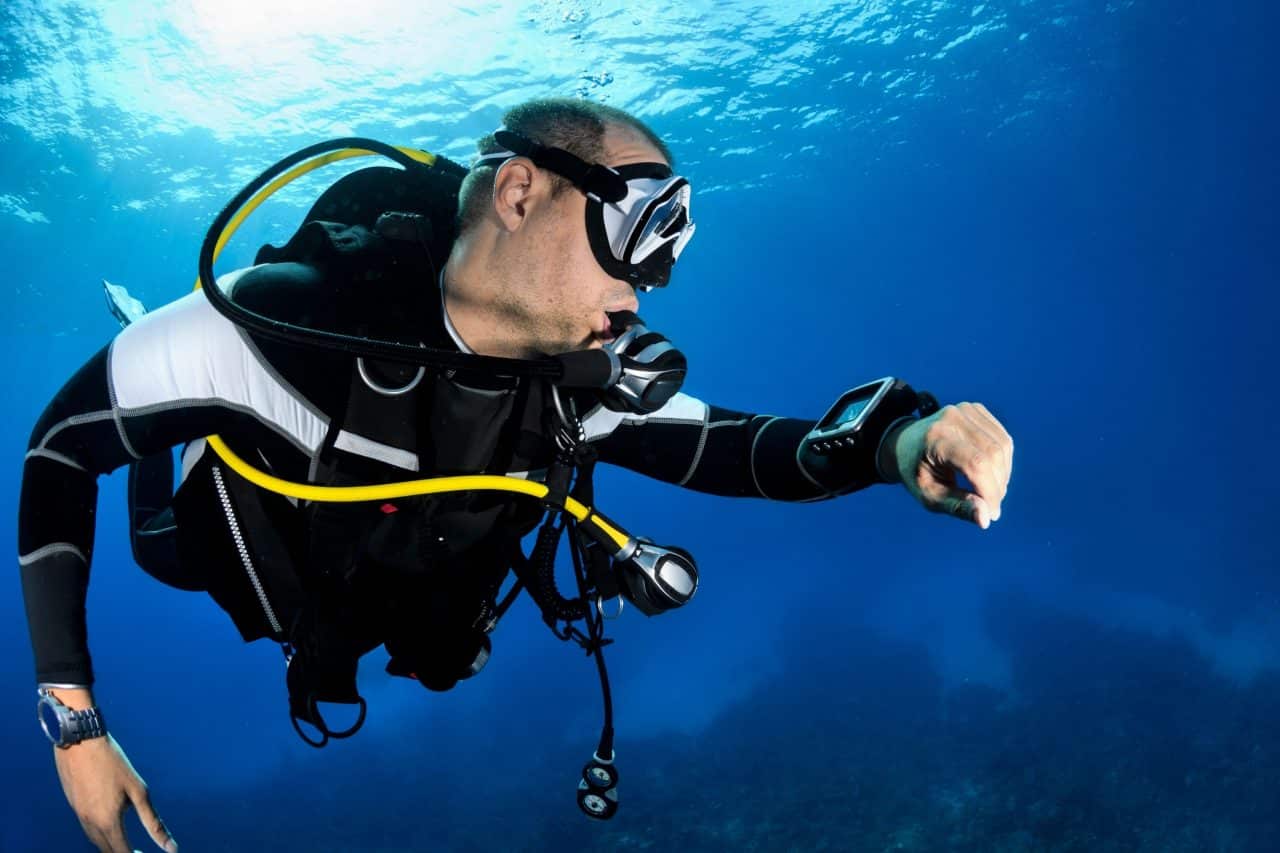
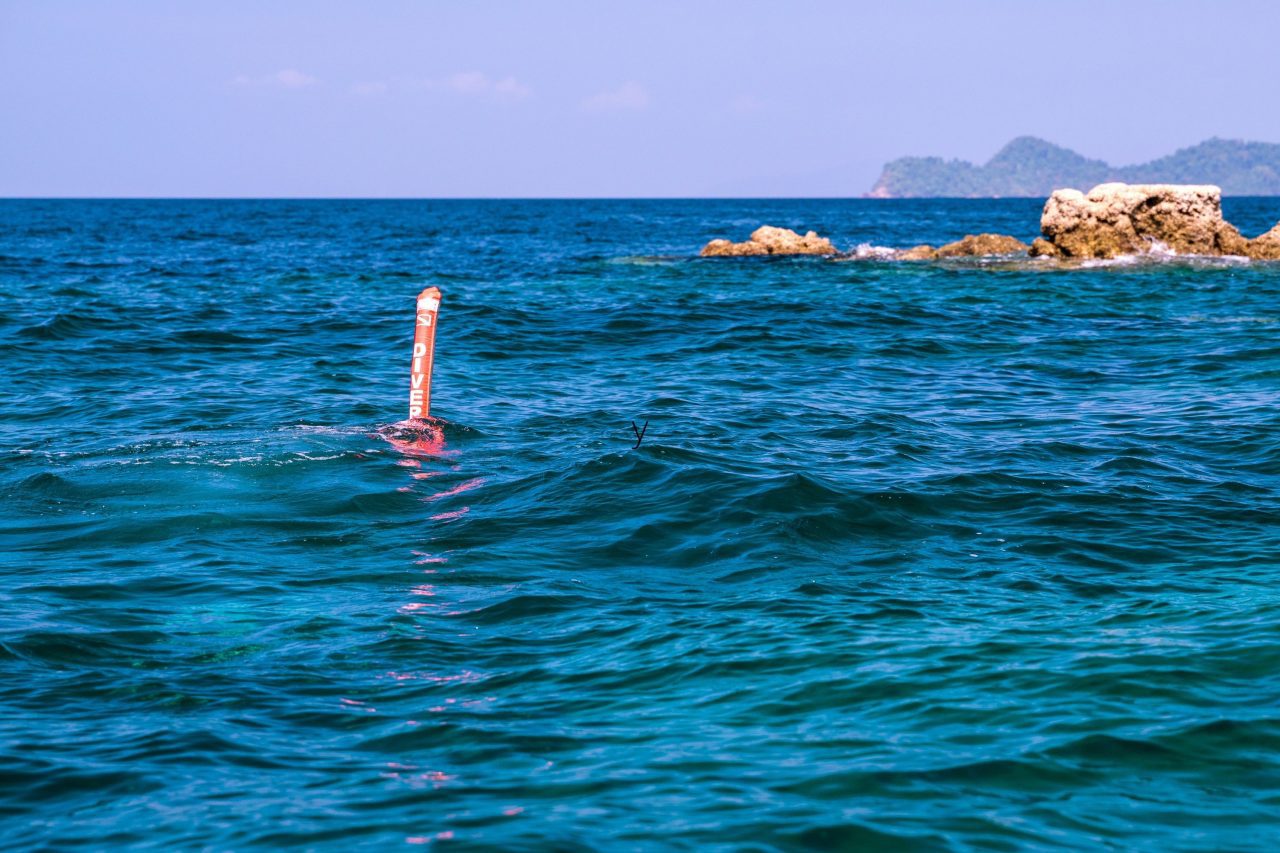
Scuba Sundries
Scuba Sundries are various and small items that just make your trip better. They might be a couple extra layers that will keep you safe and warm underwater or bonus gear for night diving or photography.
Scuba sundries to pack for a liveaboard:
- Anti-fog Spray – I usually use an all-natural formula from Wannahockaloogie, but some boats frown on this mixture post-Covid. Jenn swears by Tropical Seas Reef Safe Mask Defogger. If you don’t have a preference, every boat will have its ‘special sauce’ that’s usually just baby shampoo and water waiting for you.
- Gloves – Gloves provide more safety than warmth, and the risk/reward on reduced exposure goes up when you’re planning on diving all week long. Plus, some boats/dives require gloves, like our shark encounter dive on the Aqua Cat Liveaboard.
- Beanie/Hood – I’m not going to lie; I used to be a hood hater. That was until I used an 11-mil hood diving the Bonne Terre Mine. I went from shivering cold/borderline hypothermic to cozy warm by just adding headgear. Jenn gets claustrophobic, so we’re looking into a dive beanie for her. If you’re worried about your wetsuit being too thin or want to take advantage of night dives, you should pack yourself a good hood (or beanie).
- Dive Lights – On the subject of night diving, if you want to go, you’ll need a primary and secondary dive light as well as a tank light. Your DM will prefer that your tank light isn’t red or flashing. If you’re not planning on regular night dives, you could rent all of this on the boat. However, you might want to carry a dive light with you anyway so you can peep into cracks, caves, and crevasses.
- Dive Camera (and dive stick) – If you’re an underwater photographer, you’re going to want to bring your camera to capture the beautiful dive sites that only liveaboards can reach. You probably have a long list of accouterments too, but don’t forget about bringing a dive stick. That extra bit of stability can turn a blurry frame into a frameable masterpiece.
- MONEY – Why do you need money in the middle of the ocean? Maybe for shore trips and souvenirs, but certainly for tipping your hard-working crew. Also, you’ll want some pocket change for the end of the trip port night.
- Clothespins – Your dive station will have a couple of lines to dry your gear but nothing to hang it with. Bring a handful of clothespins so you can keep your space tidy and gear dry (as well as to keep it from blowing away!). Go ahead and bring a couple of extra to loan out to friends too.

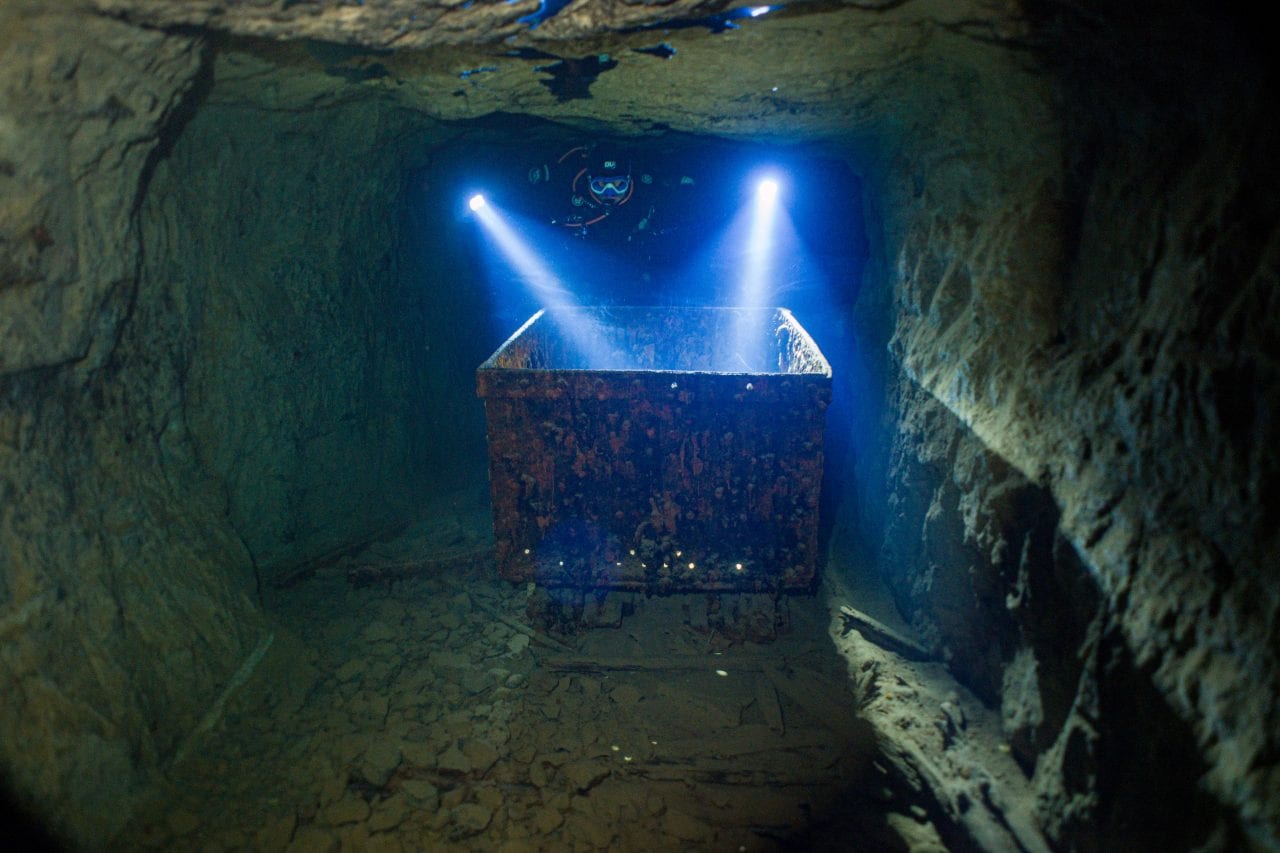

Packing For The Surface Interval
What do you do on a diving liveaboard when you’re not diving? Most likely, it’s waiting to dive, which is to say a surface interval. If you’re on a five-dive a day schedule, you’ll have one surface interval between the morning dives and one between the afternoon dives. You will not have time to gear down fully between these trips, nor will you be going back into the births. You’re going to want to pack some things to stay shaded, warm, and comfortable on your surface interval.
Packing list for your surface interval:
- Reef Safe Sunscreen – Putting on sunscreen is like voting in Chicago, do it early and often. The last thing you want is to burn your white bits that are hanging out on a surface interval. Don’t forget to lube up your ears, especially the tops where your mask strap touches.
- Hat/Visor – Hats are a light, quick, easy, and effective way to create portable shade.
- Sunglasses – On the subject of shades, you should consider protecting your peepers. Consider this, at 100′ down in clear water, you’ll see almost no red or yellow light, and blue light will only be 50% as intense. Keeping down eye strain will help you see better at depths.
- Swim Cover-Up – It turns out that the fashion world has created an entire line of clothing designed to go over swimsuits. You should pack one (or two) for your liveaboard dive trips. Men don’t worry; they make male coverups too.
- Windbreaker / Raincoat – It gets remarkably chilly during surface intervals when you come out of the ocean already wet, cold, and tired. BTW, you’ll want to make sure you keep your windbreaker at your dive station and not back in your berth where you can’t reach it. Also, plan for it to get at least a little wet during the trip.
- Flip Flops – Feet get funky in dive booties, so let those little doggies get a little air whenever you can. Not all flip flops are created equal so look for ones that fit your feet well and have slip-resistant soles because it’s going to be wet on a dive boat.
- Hairbands – If your hair is long enough to get in the way when you’re diving, it will. Bring some extra of your favorite hairbands on the trip and take them out with you on your surface interval so you can fix whatever slipped out during the dive.
- Microfiber Towel – Notice the distinction between towels. You want a light, quick-dry, easy pack towel, not a gargantuan beach towel. I usually keep one in my mask case and alternate between wrapping my sunglasses and mask in it after drying my face.

Clothes to Pack for a Liveaboard
Here’s the rub on the clothes you should pack for a liveaboard. You want to go light on clothes so you can go heavy on dive gear. Hopefully, you’re in a wetsuit most of the trip, so you really don’t need that much. However, it will be cooler at night on the water, so you want to bring a couple of warm layers just in case.
Clothes to Pack for a Liveaboard
- Swimsuit(s) – As a baseline, I’ll say bring a pair and a spare. That way, you can wear one and dry one, and you can totally avoid that “ooooh” moment in the mornings when you put on a wet and cold swimsuit. (actually, you’ll have that when you put on your damp wetsuit, but at least you can be dry for breakfast.)
- Shorts (and underwear) – This isn’t a hard requirement. There’s nothing wrong with being in the ‘no pants club’ on a dive trip. But, depending on the cut of your suit and the cover-up you brought, it might make dinner a little more comfortable.
- 2 pairs of warm comfy pants and tops– There’s less flexibility with warm gear. If there’s any chance of chilly evenings, you’re going to want a warm layer. Since you’re on a boat, bring an extra layer and put it on if it gets colder than expected. This might not be needed in the middle of the summer, but it’s probably a good idea three seasons out of the year.
- T-Shirts – Bring two so you can wear one and wash one. Also, cotton kills, so pack something with a light, synthetic fabric that can get a little damp and dry quickly.
- Sarong – For sporty women and alpha male hippies everywhere. They’re not only stylish but functional too.
- Formal Clothes (if needed) – Check your itinerary for an event like a “Captain’s Dinner” where men are expected to wear a collared shirt and women a nice sundress.
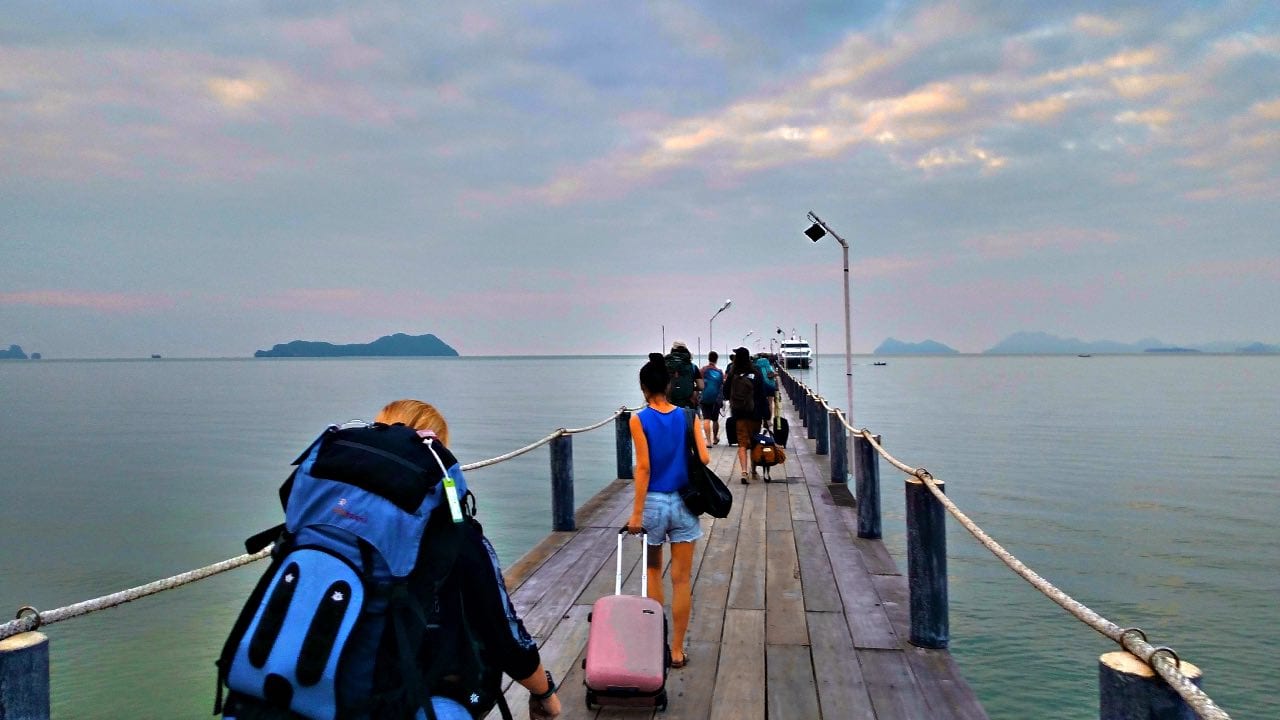
Packing for Shore Excursions
Packing for shore excursions should be simple because you can’t bring that much stuff on a liveaboard trip. More is less, so bring the bare essentials and a backpack to carry them. There are some things you might take with you from other lists (like sunscreen, sunglasses, hat, snorkel), but these are extra items, especially for shore excursions.
Packing for Shore Excursions:
- Drybag / Backpack – We carry a collapsible backpack with us almost everywhere. It keeps water and sand out and fits what you’ll need. The straps aren’t suitable for long hikes, but that doesn’t matter.
- Water Bottle – Your dive boat makes delicious purified water. Don’t be that guy who packs disposable plastic bottles.
- Island Hiking Shoes – If you’re comfortable hiking two miles in your flip-flops, then that’s all you’ll need, and you’ve already packed them. If not, bring a pair of hiking sandals for shore excursions.
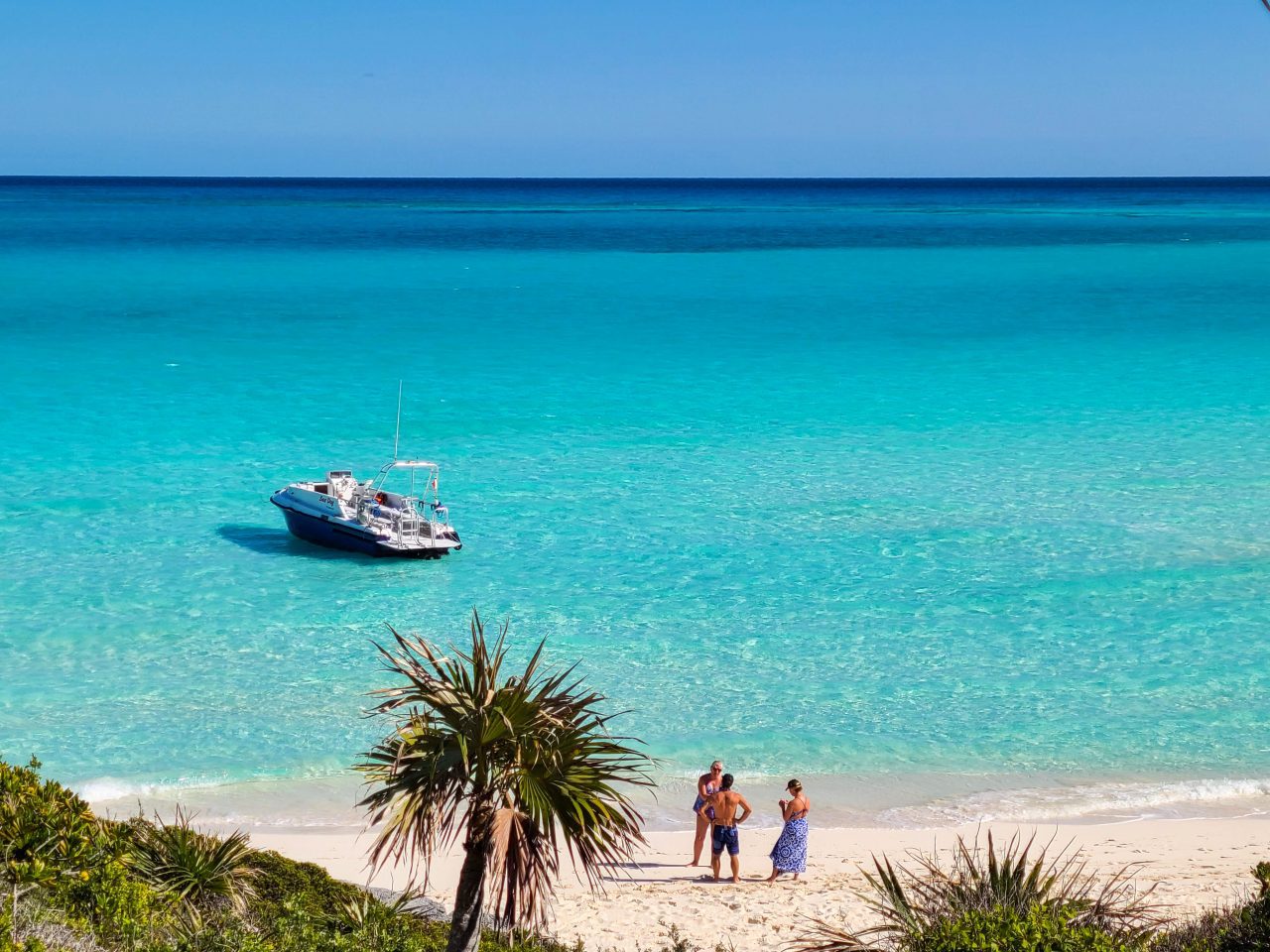

Personal Electronics to Bring on a Liveaboard
Believe it or not, you’re going to want to take some personal electronics with you on a liveaboard. You don’t want to bring the entire home office, but having a couple of E-things with you will greatly enhance your trip.
Personal electronics to bring on a liveaboard:
- Land Use Camera – Underwater cameras are notoriously bad at taking photos on the surface. However, your cell phone will probably do just fine unless you’re a real photo junky.
- Chargers – Many liveaboards will have standard power outlets available, so bring your chargers. Also, be sure to check if you’ll need a converter.
- Laptop – Try not to open any work emails, even if you happen to get data, but bring your laptop for processing pictures, taking notes, and sharing stories with fellow guests. Before you leave the shore, take a little time to download some of your favorite photos for sharing. Also, if you make videos, download a couple of songs for video production. There’s often a show and tell competition at the end of the trip, and having access to a soundtrack will set your videos apart.
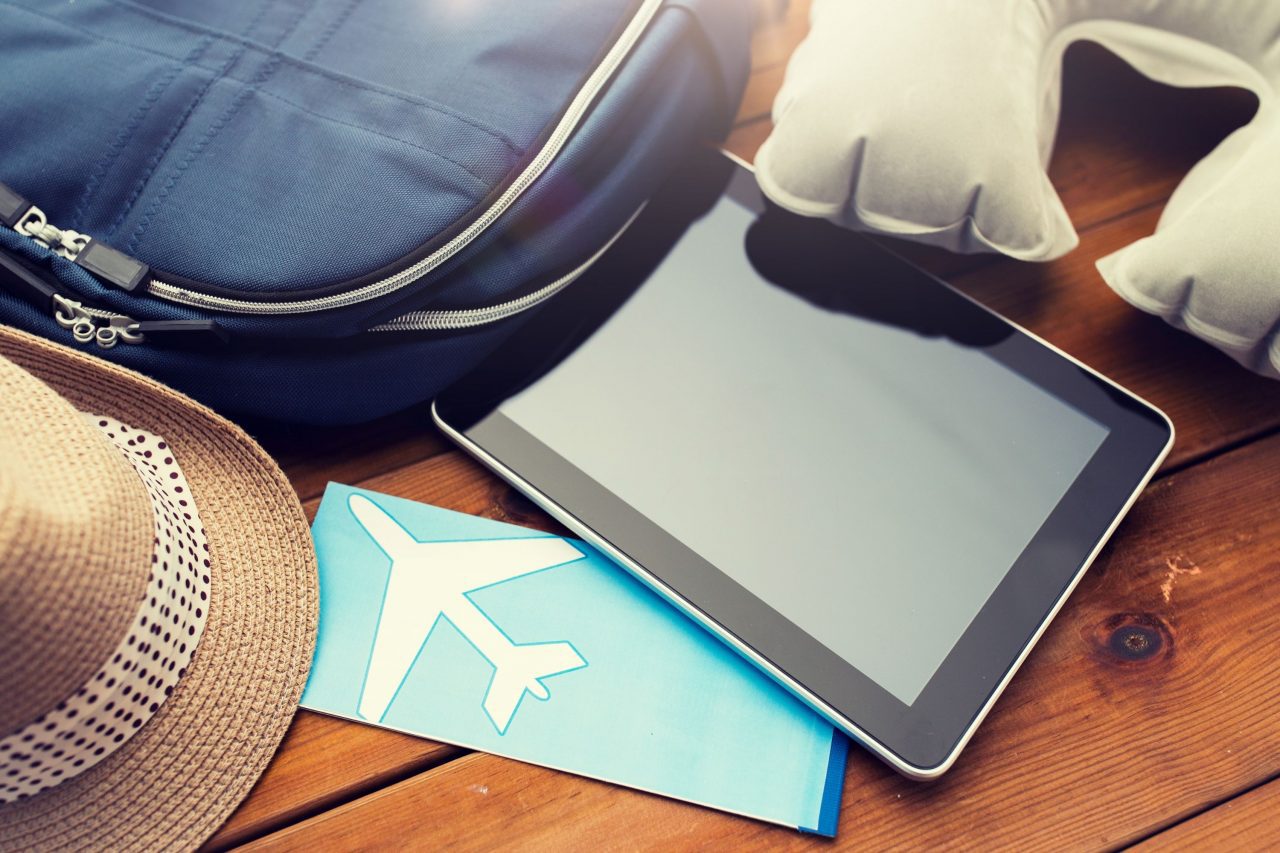
Essential Toiletries (and Meds)
You’ll need to bring your personal toiletries, but there are some other things you can take with you that, once for once, can help your trip more than any other items.
Toiletries to Pack for a Liveaboard:
- Prescription Medications – If you need to take daily meds, be sure to pack them.
- Eco-Friendly Leave-in Conditioner – long term immersion in salt water will do a number on your hair. A good conditioner will help (a bit). Pro-tip for the long-hairs– Spray some in your hair and braid it for diving. It will be way less tangled and will brush out like a dream after a long day underwater.
- Aspirin / NSAIDs – The older you get, the more you need your vitamin-I.
- Seasickness Medication – If you’re prone to seasickness, these are going to be your best friends. This goes double for the first night, where you’re motoring across open water instead of being anchored in a sheltered cove. If you’re prone, check in with the captain and medicate early. However, be careful with Dramamine because it can cause drowsiness, and the non-drowsy formula can pump you up. If you’re using a Scopolamine transdermal patch, you want to figure out your effective dose. There can be some serious side effects like agitation, confusion, and paranoia, which are no bueno for diving.

Wrapping Up Our Liveaboard Diving List
We just covered what you need to pack for a liveaboard trip and why. Be sure to pack early and make sure that everything fits into your luggage. That being said, there are at least three standard diving items that you for sure don’t want to pack.
- Tanks – They’re heavy, hard to fly with, and are on the boat anyway.
- Weights – Literally, nothing but lead weight and also on the boat.
- Mesh Dive Bag – You’re going to pack your dive gear into your standard luggage and then unpack it into your dive station. There’s no need for extraneous dive bags.
Finally, we want to take a moment to thank the team at All Star Liveaboards for helping us develop this list. They have an incredible super graphic that you can use to ensure you don’t forget anything. They took us on a breathtaking trip through some of the best dive sites in the Bahamas. If you like this packing list, be sure to check out our liveaboard dive tips to get ready for your dream dive trip!
Like it? Pin it for later on Pinterest!
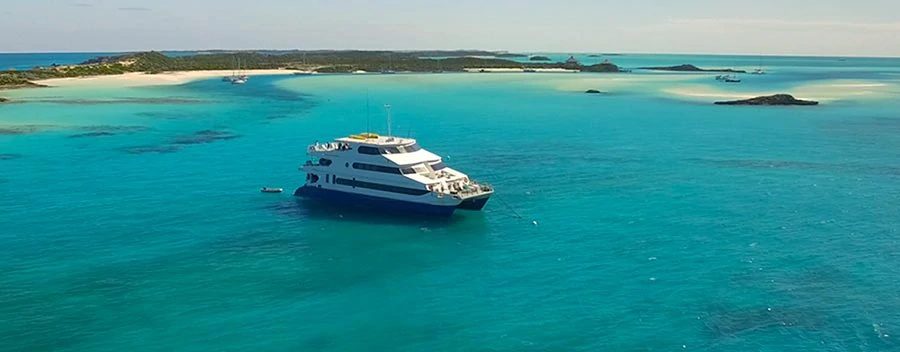
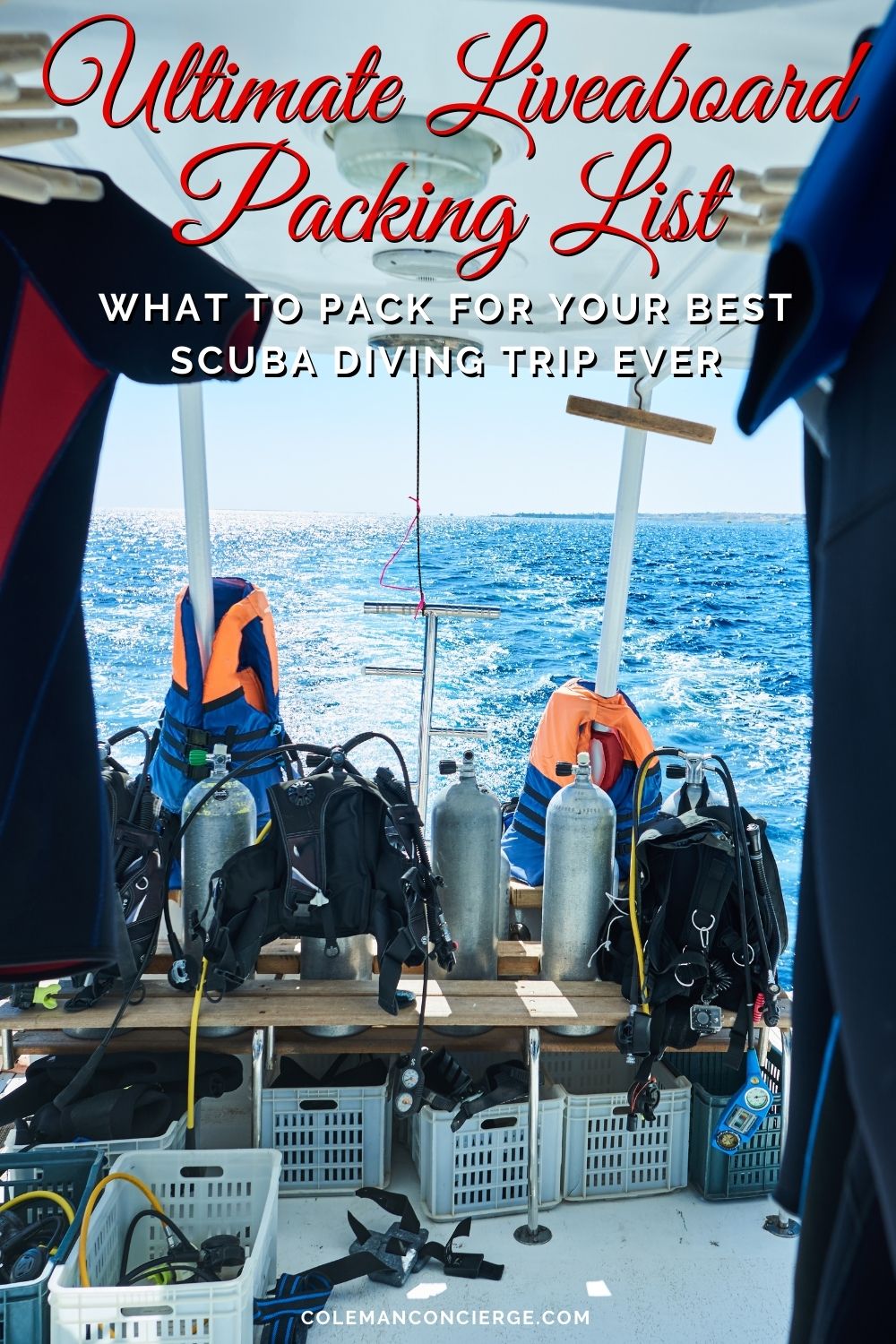

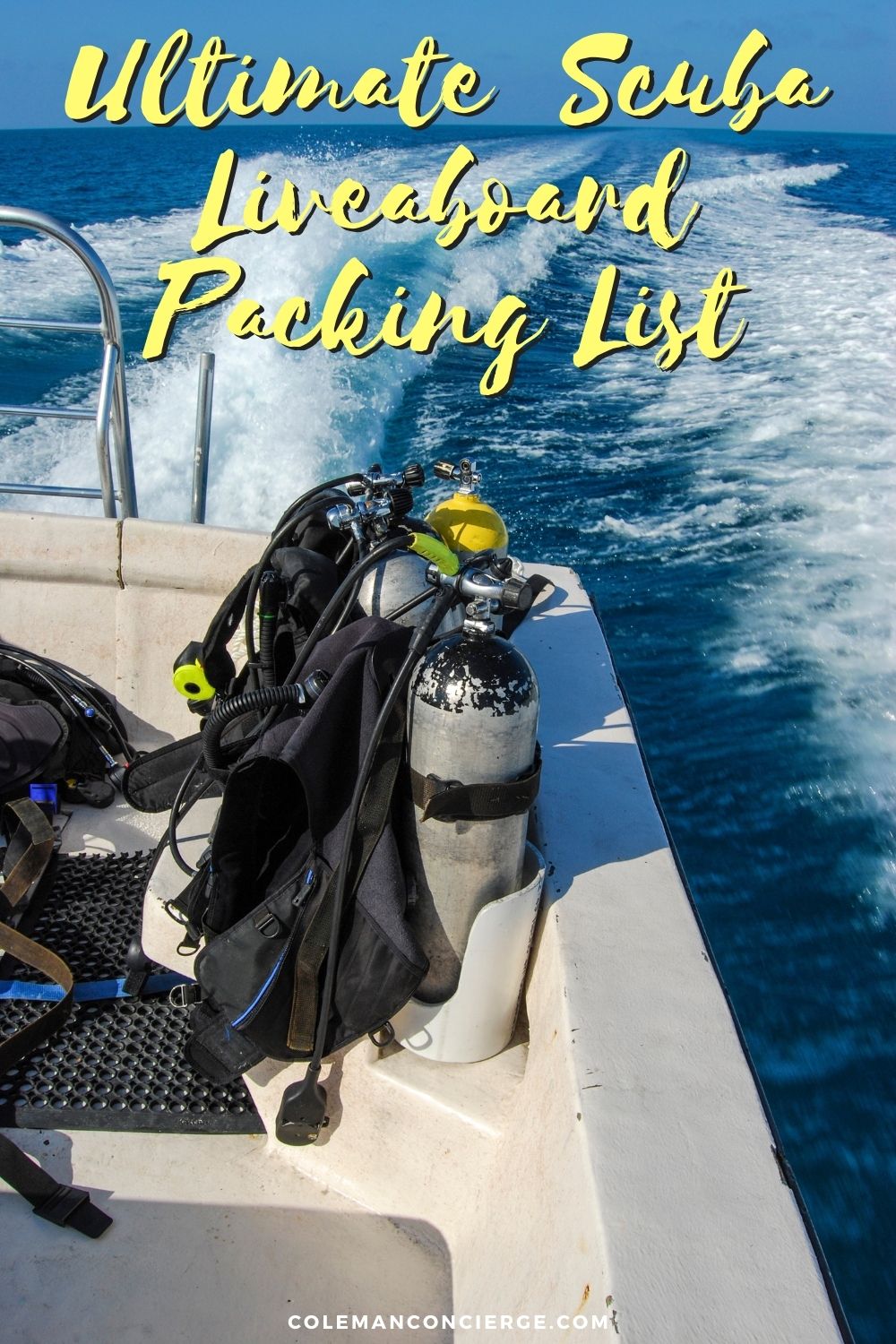


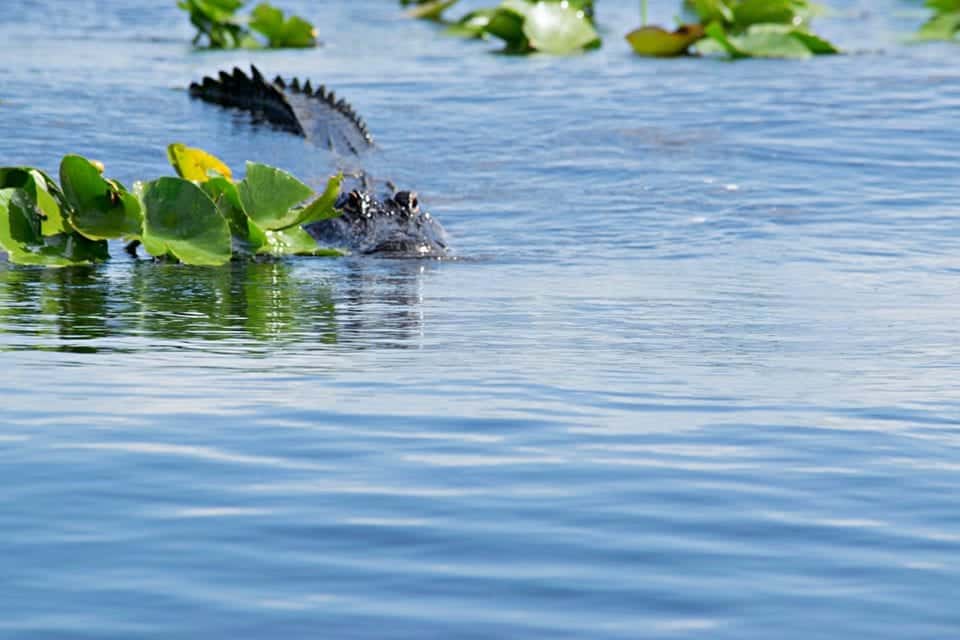
 Hi! We are Jenn and Ed Coleman, and together we are Coleman Concierge. It is our goal to inspire you to get out, expand your world, and to seek adventure, even in your own backyard.
Hi! We are Jenn and Ed Coleman, and together we are Coleman Concierge. It is our goal to inspire you to get out, expand your world, and to seek adventure, even in your own backyard.












